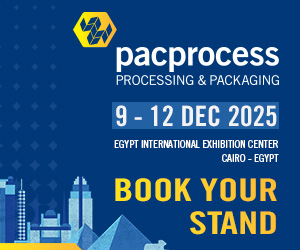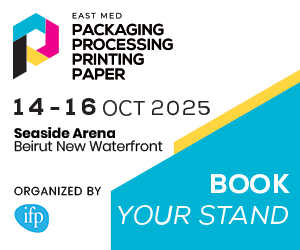As companies pursue smarter and more sustainable solutions, 3D printing is emerging as a powerful tool that extends well beyond its early role in prototyping.
Once seen as a niche innovation, 3D printing has now gained traction across a broad range of industries—and the packaging sector is no exception. With a growing demand for efficient, eco-friendly ways to design, manufacture, and deliver products, 3D printing is proving to be a transformative force.
Although its use in manufacturing and prototyping is already well-established, its potential in packaging is just beginning to unfold. It represents a space where creative design meets operational efficiency—and where sustainability evolves from concept to practice.
As the technology advances and becomes more cost-effective, 3D printing is redefining how businesses approach packaging design, personalization, and production. Its advantages go well beyond novelty—from accelerating prototyping and enabling custom branding to reducing material waste and supporting decentralized manufacturing.
Speeding up design through rapid prototyping
Traditionally, developing new packaging concepts required weeks or even months of collaboration between design, production, and marketing teams. 3D printing significantly shortens this cycle, allowing brands to produce and test packaging ideas within hours. This enables faster decision-making, agile innovation, and tighter feedback loops.
Source: packaging-gateway.com




























































